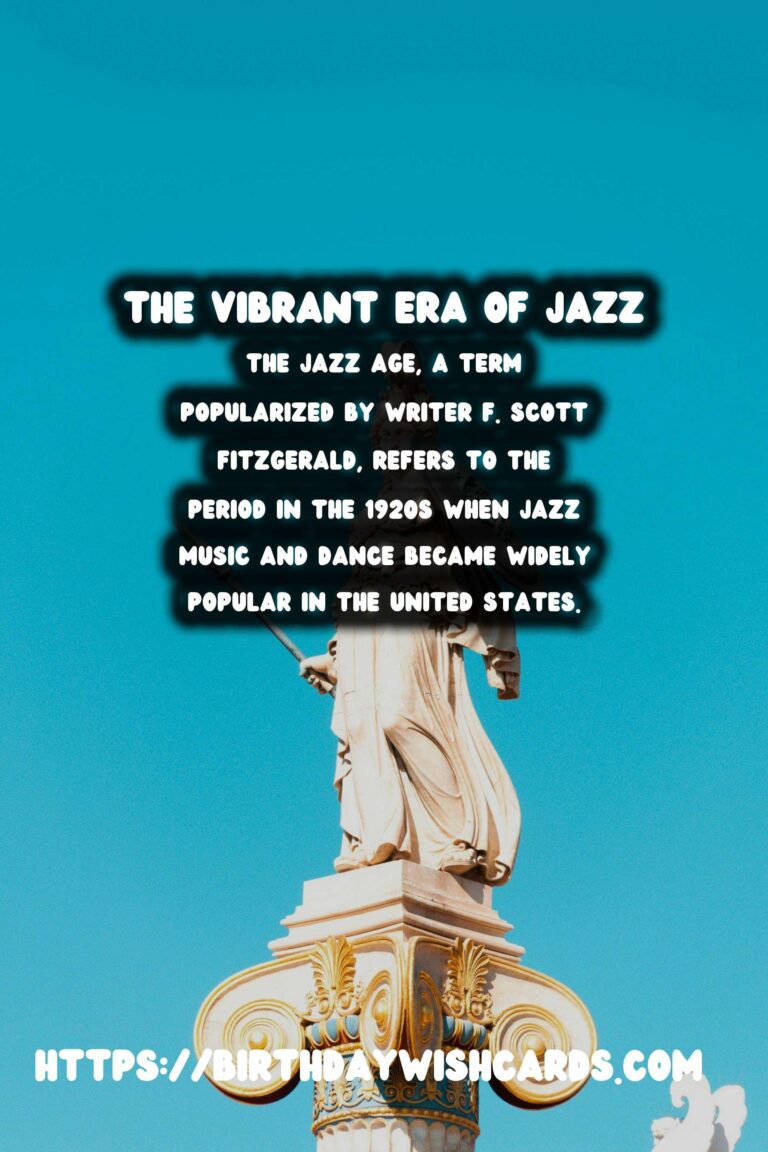
The Jazz Age, a term popularized by writer F. Scott Fitzgerald, refers to the period in the 1920s when jazz music and dance became widely popular in the United States. This era marked a transformative time in American history, influencing the nation’s culture and society in significant ways.
The Rise of Jazz Music
Jazz, a fusion of African American musical traditions with European music forms, emerged in the early 20th century in New Orleans. It quickly gained popularity across the country, becoming synonymous with the Roaring Twenties. The music’s improvisational nature, vibrant rhythms, and unique harmonies captivated audiences from all walks of life.
Artists like Louis Armstrong, Duke Ellington, and Bessie Smith became household names, bringing jazz to new heights. The Harlem Renaissance played a crucial role in the proliferation of jazz, with African American neighborhoods becoming cultural epicenters for the new sound.
Jazz and Social Change
The Jazz Age was more than just a musical revolution; it was a catalyst for social change. Jazz challenged traditional norms and encouraged self-expression and individuality. The cultural movement propelled forward women’s liberation, with jazz clubs becoming venues where flappers—young women known for their bold fashion and carefree attitudes—embraced newfound freedoms.
This period also saw significant strides in racial integration. Despite the era’s pervasive racial segregation, jazz provided a platform where African American artists could showcase their talents to diverse audiences. Jazz music helped break down racial barriers by bringing people of different races together through a shared love for music.
Impact on the Arts and Literature
The Jazz Age influenced not only music but also other forms of art and literature. The improvisational style of jazz inspired artists and writers to break away from traditional forms. Novels like F. Scott Fitzgerald’s ‘The Great Gatsby’ captured the essence of the era, portraying the extravagance and disillusionment of the time.
Visual artists embraced the spirit of jazz by utilizing bold colors and dynamic compositions, mirroring the energy of the music. The era’s impact on literature can also be seen in the works of poets like Langston Hughes and novelists like Zora Neale Hurston, who captured the experience of African Americans during this transformative time.
The Legacy of the Jazz Age
Even as the Jazz Age drew to a close with the onset of the Great Depression, its influence on American culture and society endured. Jazz laid the groundwork for future musical genres, including swing, bebop, and ultimately, rock and roll.
The era’s cultural shifts continued to resonate throughout the 20th century, as movements for civil rights and gender equality drew inspiration from the freedoms that the Jazz Age had championed. Today, jazz remains a vital part of America’s cultural heritage, celebrated for its rich history and ongoing influence.
In conclusion, the Jazz Age was a period of profound change, shaping the cultural and social landscape of America. Its impact is still felt today, as jazz continues to inspire generations worldwide.
The Jazz Age, a term popularized by writer F. Scott Fitzgerald, refers to the period in the 1920s when jazz music and dance became widely popular in the United States. Jazz, a fusion of African American musical traditions with European music forms, emerged in the early 20th century in New Orleans. 
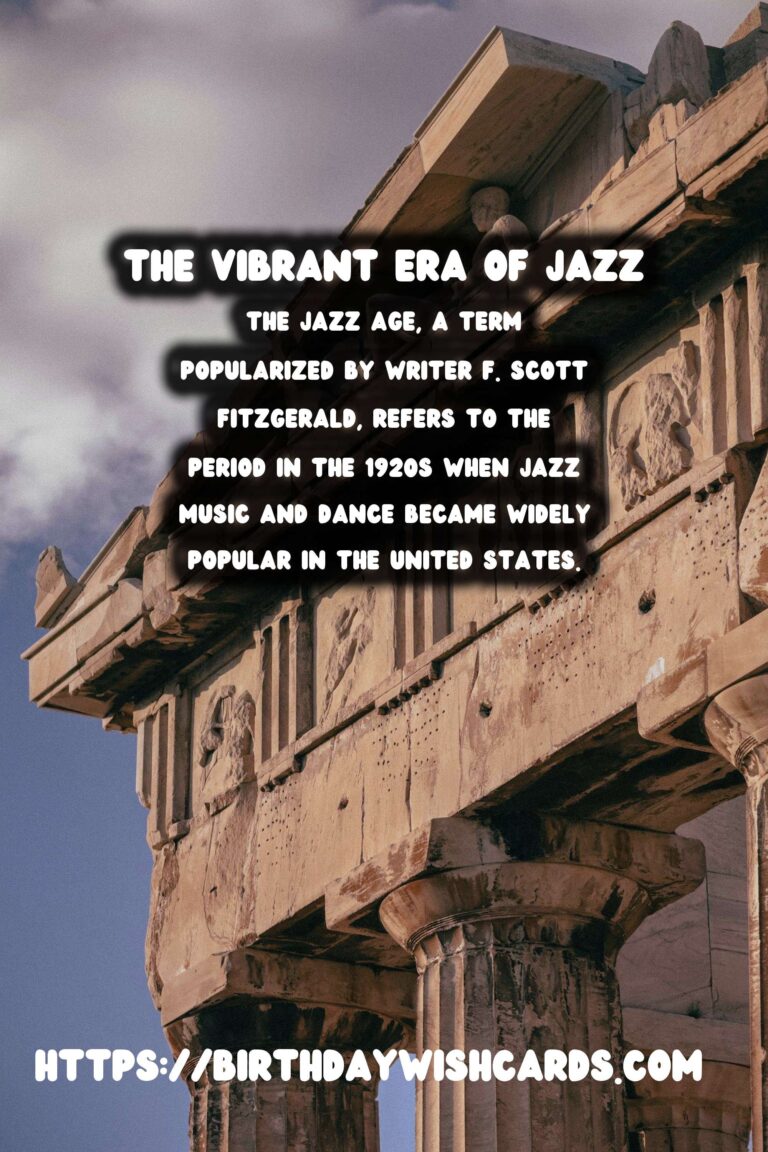

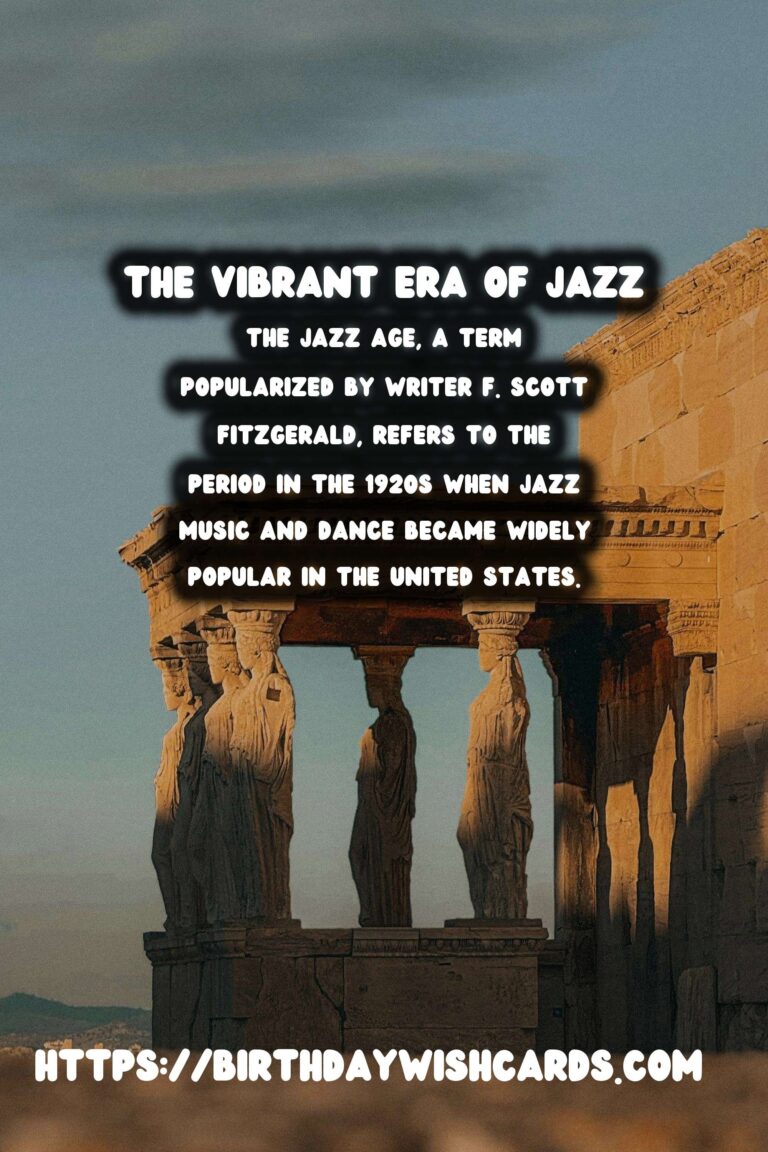

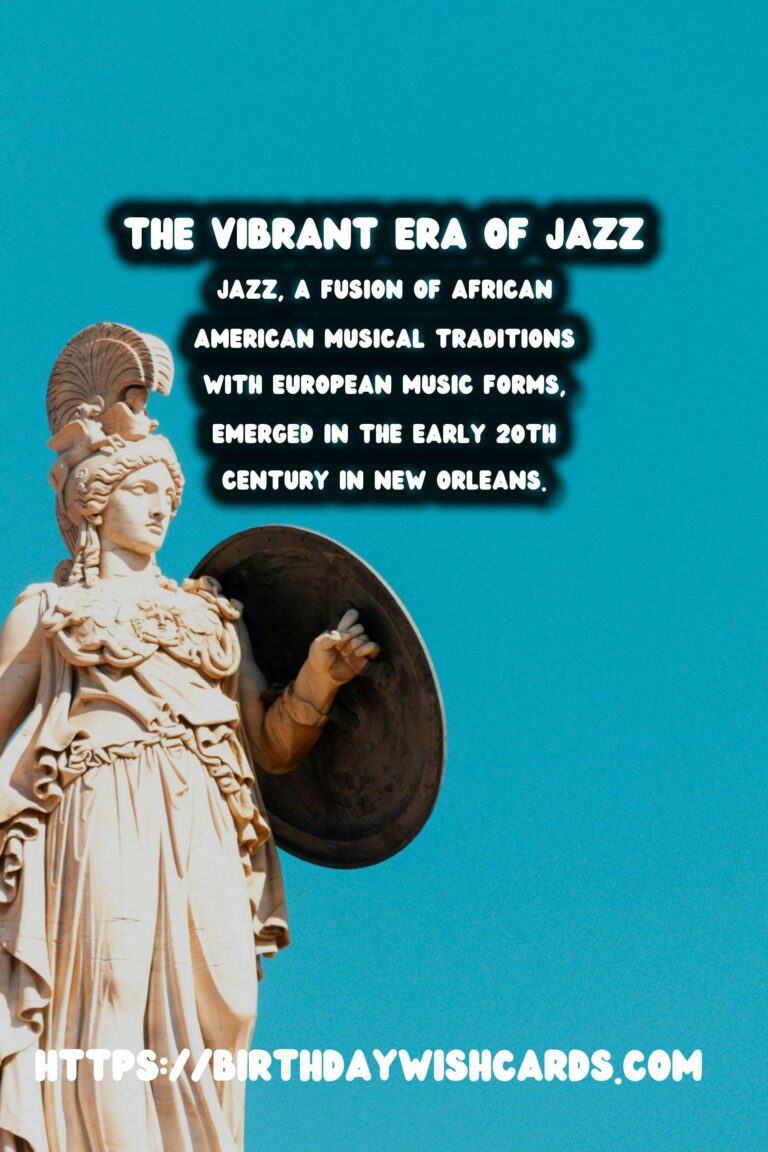
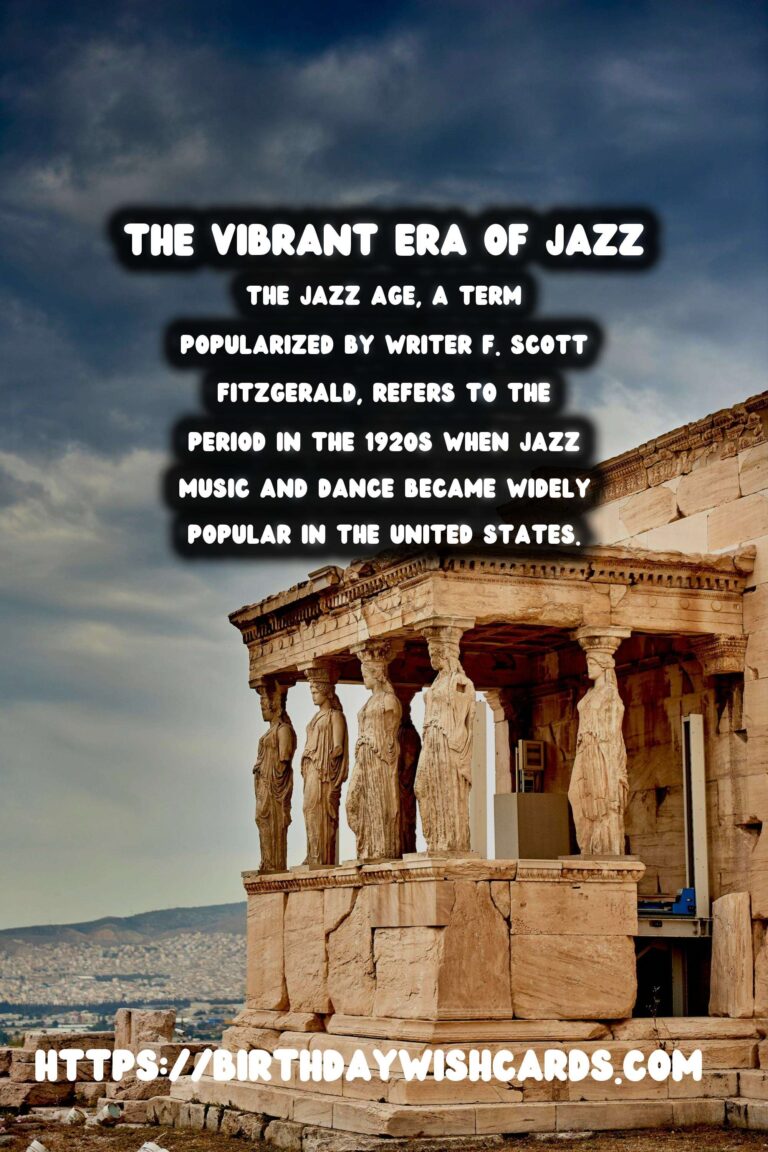
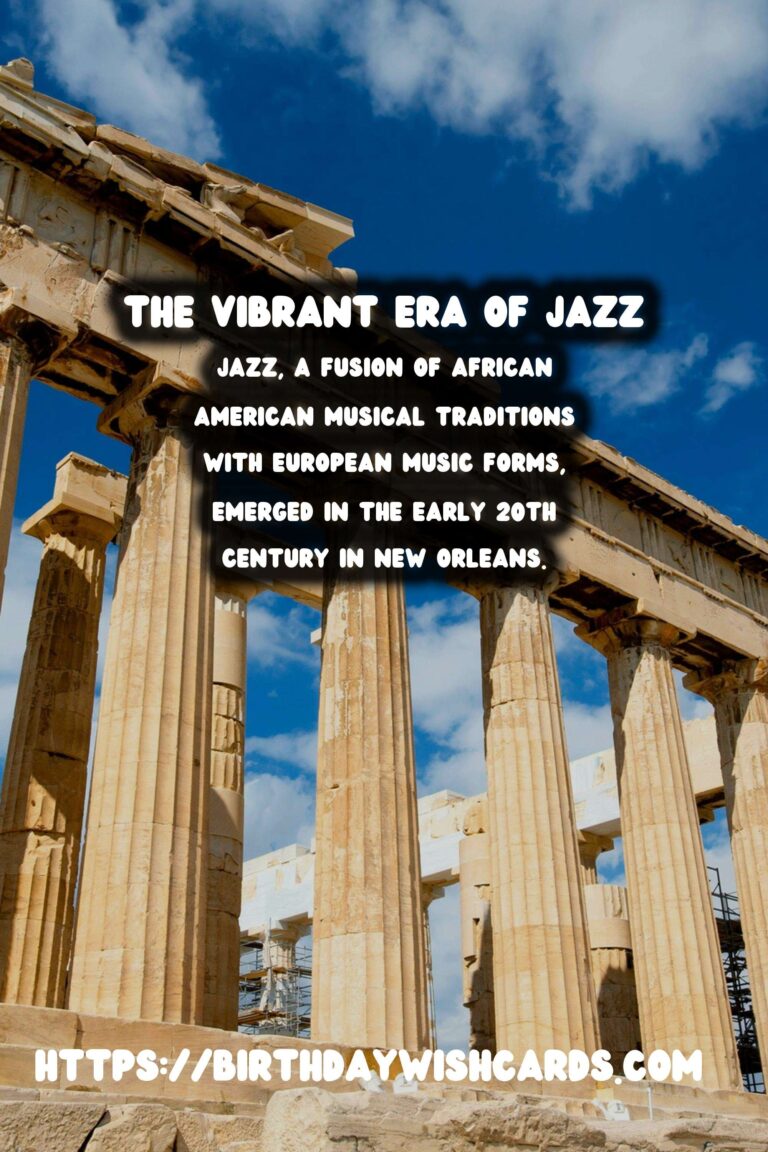
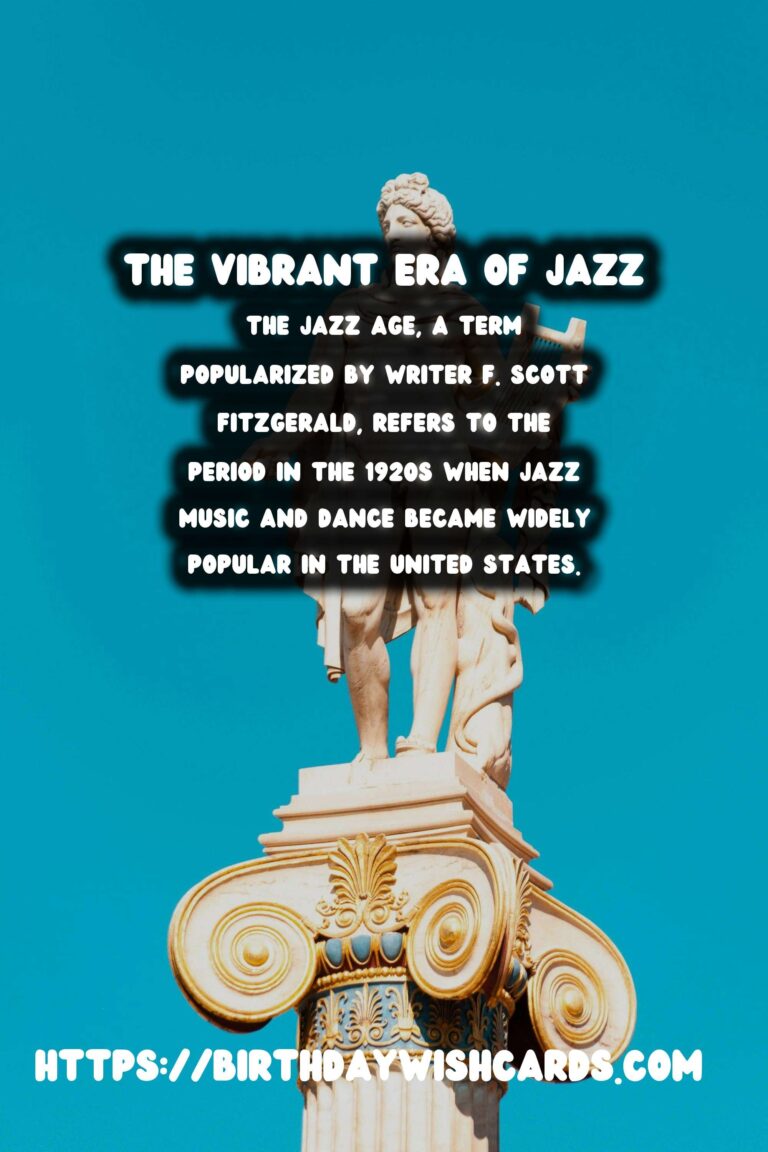
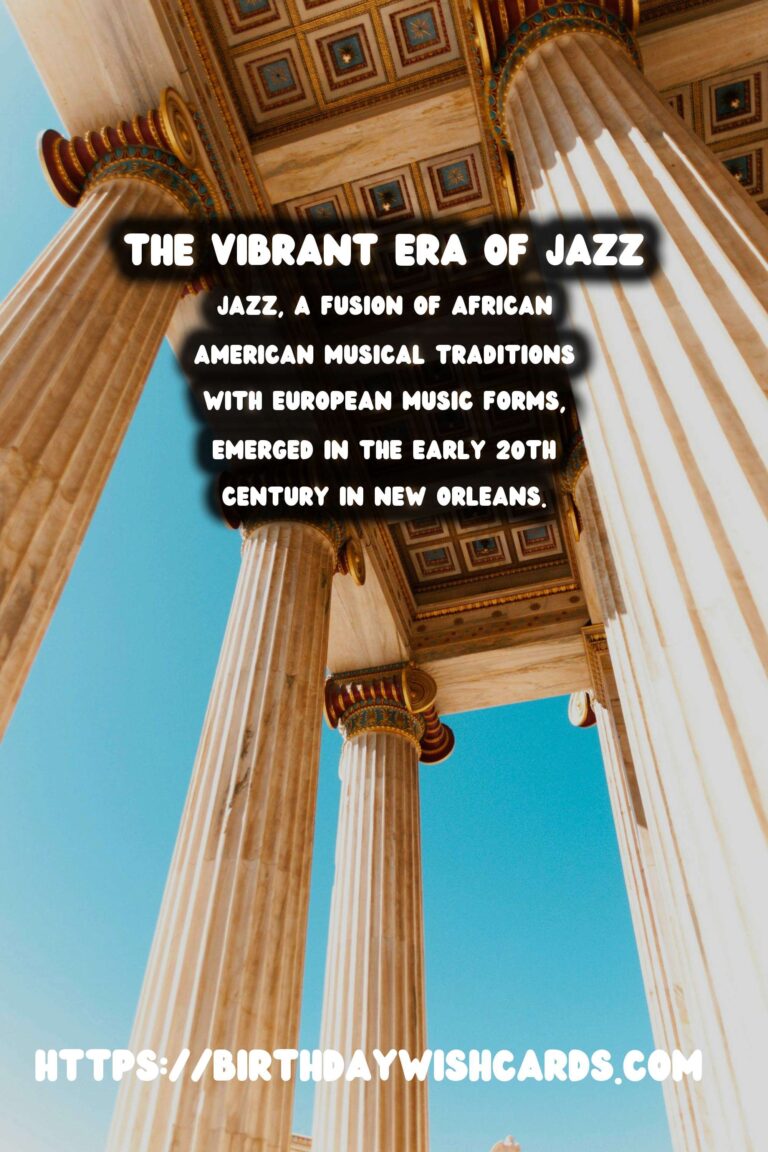
#JazzAge #AmericanCulture




